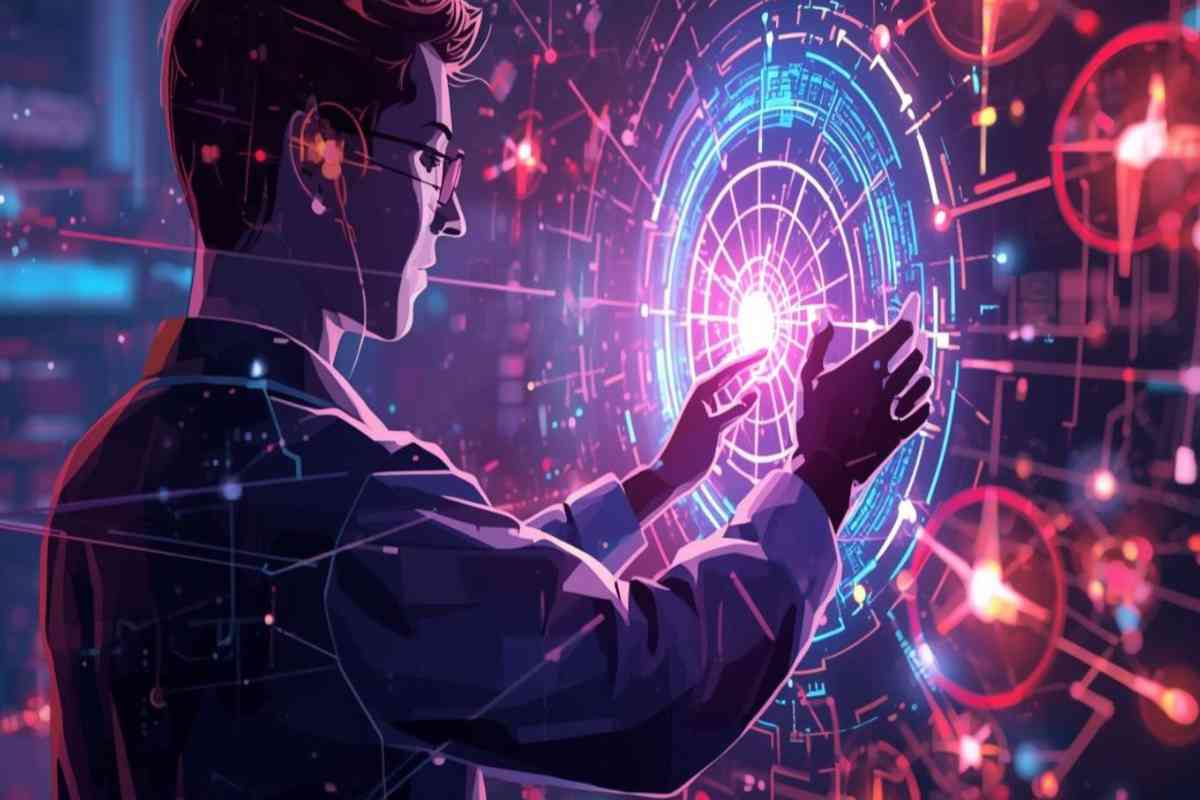
In the realm of digital media, the quality of images and videos plays a crucial role in captivating audiences and conveying messages effectively. However, often, images or videos may not have the desired resolution or clarity, leading to a less-than-optimal viewing experience. This is where AI upscaling comes into play, offering a solution to enhance the quality of digital media content. But how exactly does AI upscaling work?
What is AI Upscaling?
AI upscaling, also known as super-resolution, is a technique used to increase the resolution or quality of images and videos using artificial intelligence algorithms. Unlike traditional upscaling methods, which often result in blurry or pixelated images, AI upscaling leverages advanced machine learning models to generate high-resolution content with improved clarity and detail.
How Does AI Upscaling Work?
- Training Data: AI upscaling models are trained on vast datasets of high-resolution images and their corresponding low-resolution versions. These datasets allow the AI algorithms to learn patterns and relationships between low-resolution and high-resolution image features.
- Deep Learning Algorithms: Deep learning algorithms, such as convolutional neural networks (CNNs), are commonly employed in AI upscaling. These algorithms analyze the low-resolution input images and generate high-resolution outputs by inferring missing details based on learned patterns from the training data.
- Feature Extraction: The AI model extracts relevant features from the input image, such as edges, textures, and shapes, at multiple scales. It then utilizes this information to predict and reconstruct missing or interpolated details in the upscaled image.
- Upscaling Process: During the upscaling process, the AI model applies complex mathematical transformations to the input image to increase its resolution while preserving important visual details. This involves generating new pixels and enhancing existing ones to create a smoother and more visually appealing output.
- Post-Processing: In some cases, additional post-processing techniques, such as denoising or sharpening, may be applied to further refine the upscaled image and improve its overall quality.
Benefits of AI Upscaling
- Improved Visual Quality: AI upscaling produces images and videos with enhanced clarity, sharpness, and detail compared to traditional upscaling methods.
- Preservation of Details: The AI algorithms intelligently preserve important visual features and textures, resulting in more realistic and natural-looking upscaled content.
- Versatility: AI upscaling can be applied to various types of digital media, including photographs, videos, and even old or low-quality footage.
- Time and Cost Efficiency: AI upscaling automates the process of enhancing image and video quality, reducing the need for manual intervention and costly equipment.
Conclusion
AI upscaling technology represents a significant advancement in the field of digital image and video processing. By harnessing the power of artificial intelligence and deep learning, AI upscaling offers a reliable and efficient solution for enhancing the resolution and quality of multimedia content. As this technology continues to evolve, we can expect further improvements in visual fidelity and realism, opening up new possibilities for creative expression and visual communication.


